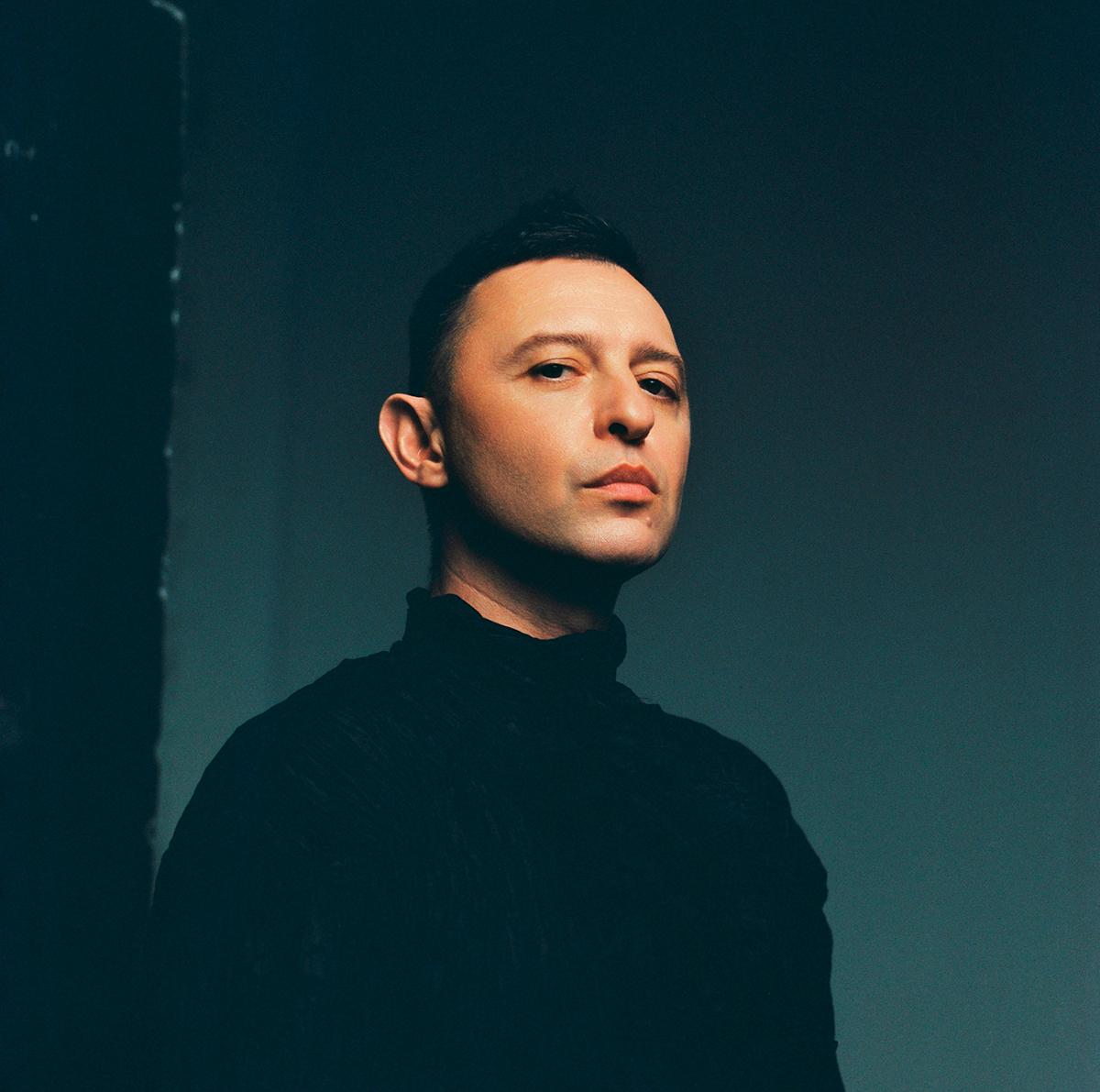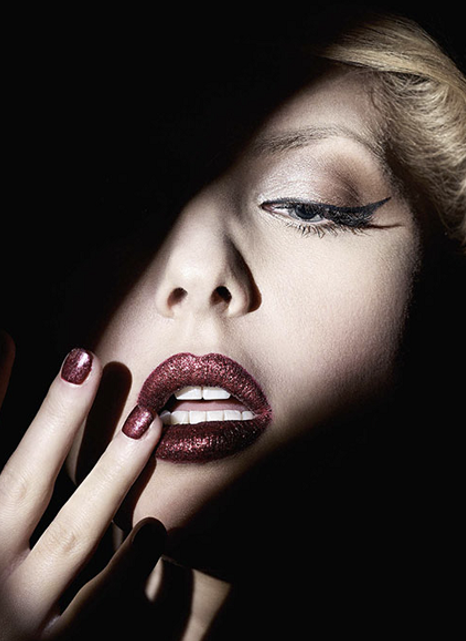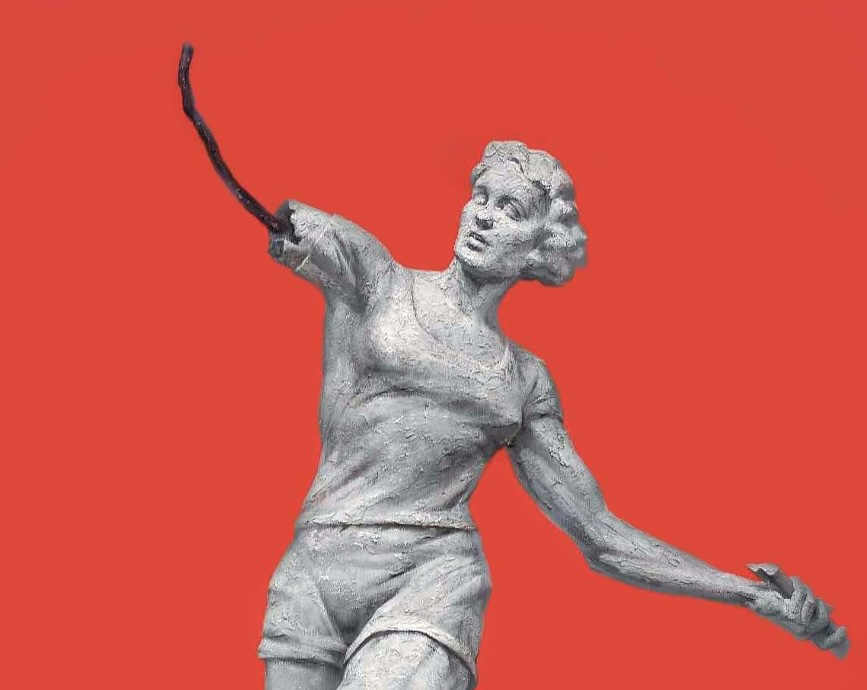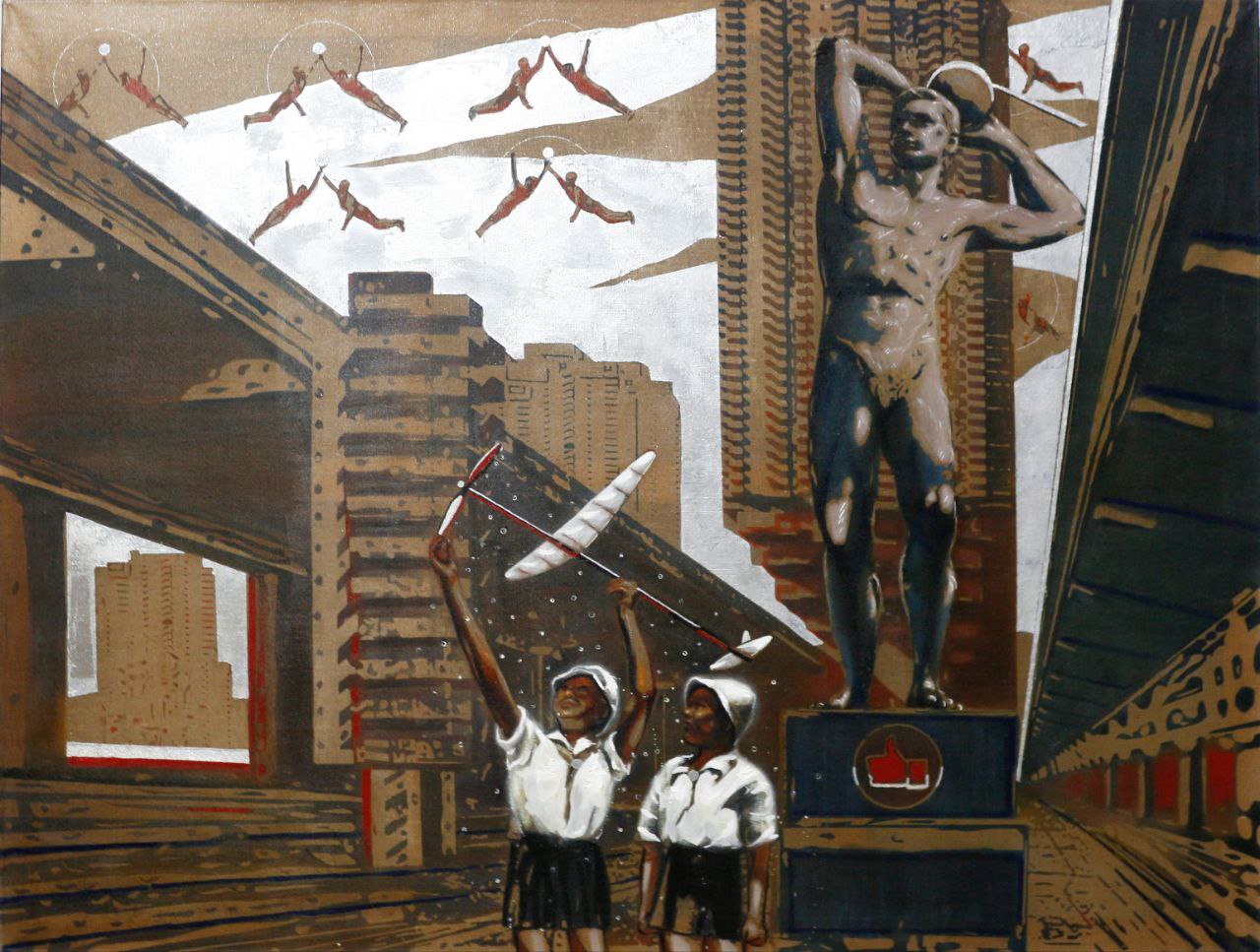Erarta Museum of Contemporary Art presented an exhibition by the Belgian-born, US-based artist Jonas LeRiche whose artistic exploration delves into the intersection of technology and nature
-
The artist is reminding the viewers that humanity is approaching the threshold of the transhuman era where natural factors merging with human-made technologies will inevitably produce new creatures
-
His aim is not merely to create aesthetically appealing artworks but to craft something larger than life
Jonas LeRiche, the Belgian artist who has discovered his creative sanctuary in the United States, offers a profound and deeply personal perspective on the global contemporary art stage. His work transcends conventional boundaries, transporting viewers into a realm of breathtaking beauty where nature and technology harmoniously coexist. In his artistry, LeRiche embodies the spirit of a natural scientist, observing global transformations with the passion of a true artist. His art mirrors the profound shift in our understanding of human existence, marking the threshold of the transhuman era. Nature and technology, once seen as opposing forces, beautifully converge within his work, highlighting the unique fusion that defines humanity’s evolving identity.
This perspective resonates with the essence of transhumanism, a philosophy advocating for the enhancement of human life through technology. It envisions a posthuman society where the Homo sapiens of old will evolve into something new, extending human capabilities and exploring new horizons. The concept of transhumanism, with roots dating back centuries, gained prominence through biologist Julian Huxley’s 1957 essay. Huxley believed that technology could propel human evolution and improve the species.
LeRiche’s artistic exploration delves into the intersection of technology and nature. His Human to Posthuman series encapsulates this coexistence, while Immortalis explores the possibilities of indefinite human life through science and technology. Immortalis draws inspiration from kintsugi, celebrating the beauty of imperfection and transformation through the repair of broken pottery with gold-laden lacquer.
LeRiche’s art also prompts us to ponder our dependence on nature’s resources and the challenges posed by climate change and resource scarcity. As we confront these pressing issues, we must consider whether the struggle between nature and technology should be humanity’s primary focus.
Yet, LeRiche’s art remains a beacon of hope, suggesting that as we move toward posthumanism, our dependence on natural resources may evolve. His work serves as a powerful reminder of the transformations awaiting humanity in this new era.
Furthermore, LeRiche’s art consciously seeks the juxtaposition between the artificial and the authentic. His creations encourage viewers to discern this duality, challenging them to look beyond the surface. Each artwork is a meticulous construction, painstakingly layered and crafted over intense months of work. The result is explosively emotional and striking compositions, a testament to LeRiche’s unparalleled attention to detail and design.
In LeRiche’s words, what matters to him is the transformation of emotions and intentional or subconscious ideas into gripping images. Each piece tells a story, and the stories he creates transcend the individual or anecdotal. His aim is not merely to create aesthetically appealing artwork but to craft something larger than life.
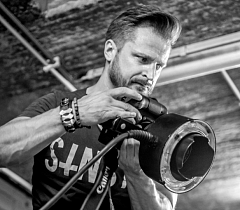
Born in 1976, the contemporary artist Jonas LeRiche was first introduced to photography by his mother in Antwerp, Belgium, where he grew up. LeRiche started his career as a fashion photographer, working for established publishers globally. Continuing his artistic education in the US, LeRiche also started working with printmaking and sculpture and relocated to the United States over eight years ago.
Since 2015, his works have been showcased in a number of established art fairs and exhibitions such as: Rotterdam Contemporary Art Fair (Netherlands) in 2016, Art Wynwood (Miami, Florida) in 2019 and Cube Art Fair (New York, USA). For the 2021 edition of the Cube Art Fair, Jonas LeRiche collaborated on the creation of an NFT titled Dance of Eternity. The piece was made available on makersplace.com. His creations are highly sought after by major collectors worldwide.
‘The driving force behind my work is the desire to inject the rawness of nature into the seamless, controlled perfection of my photographs to undermine the facile gaze of viewers unaccustomed to scratching any deeper than the surface.’
Supported by:






